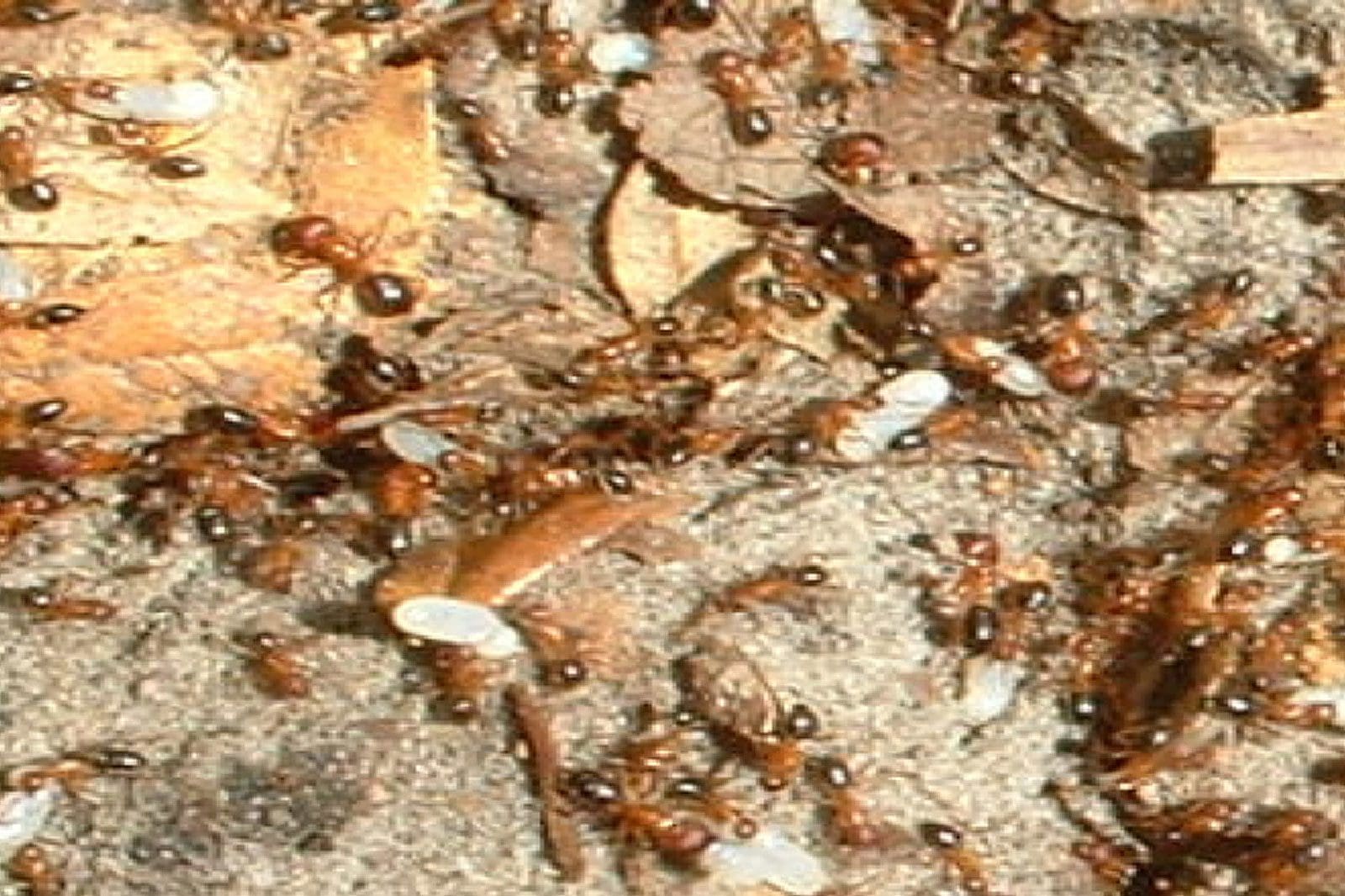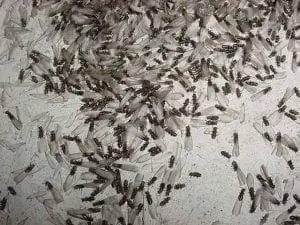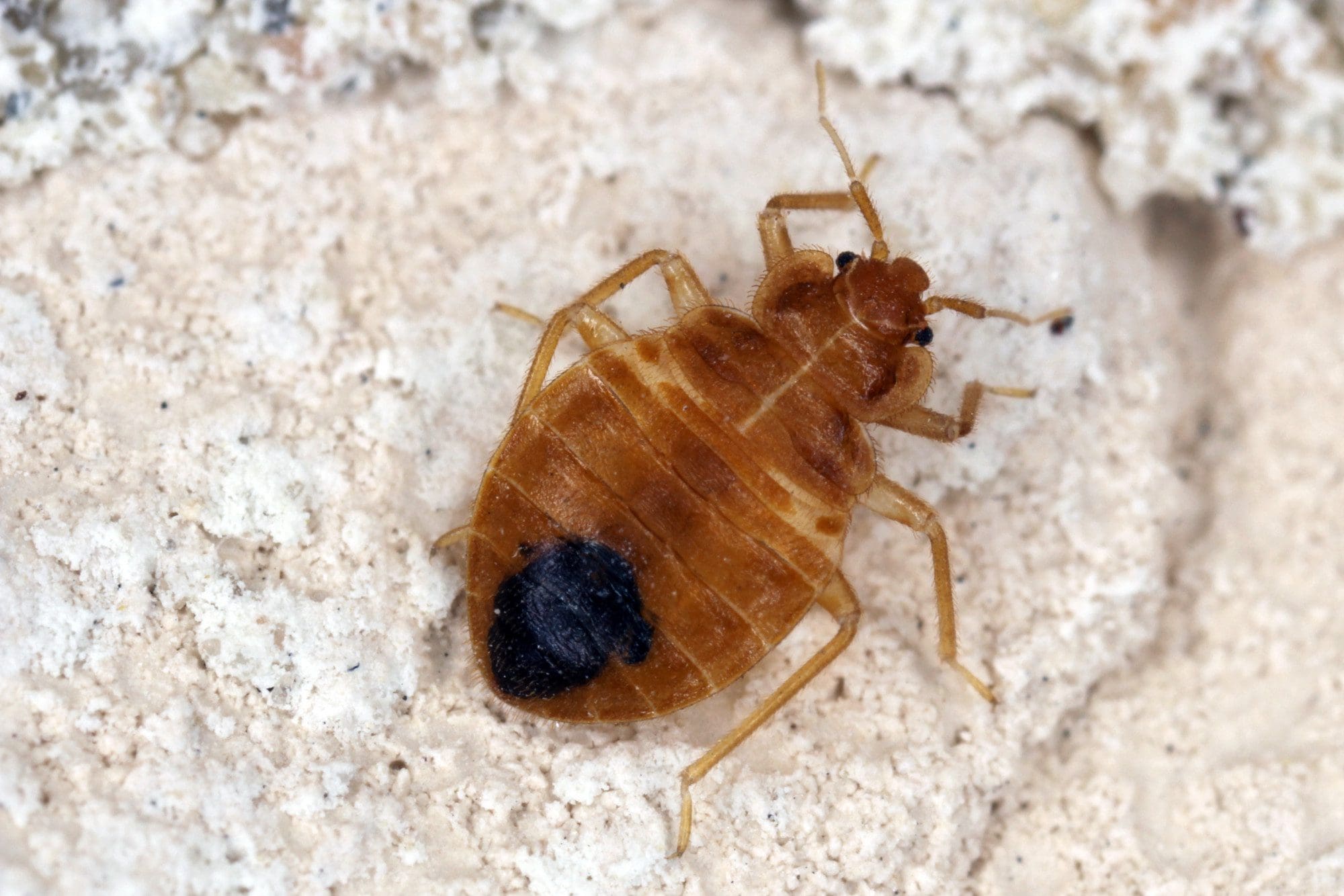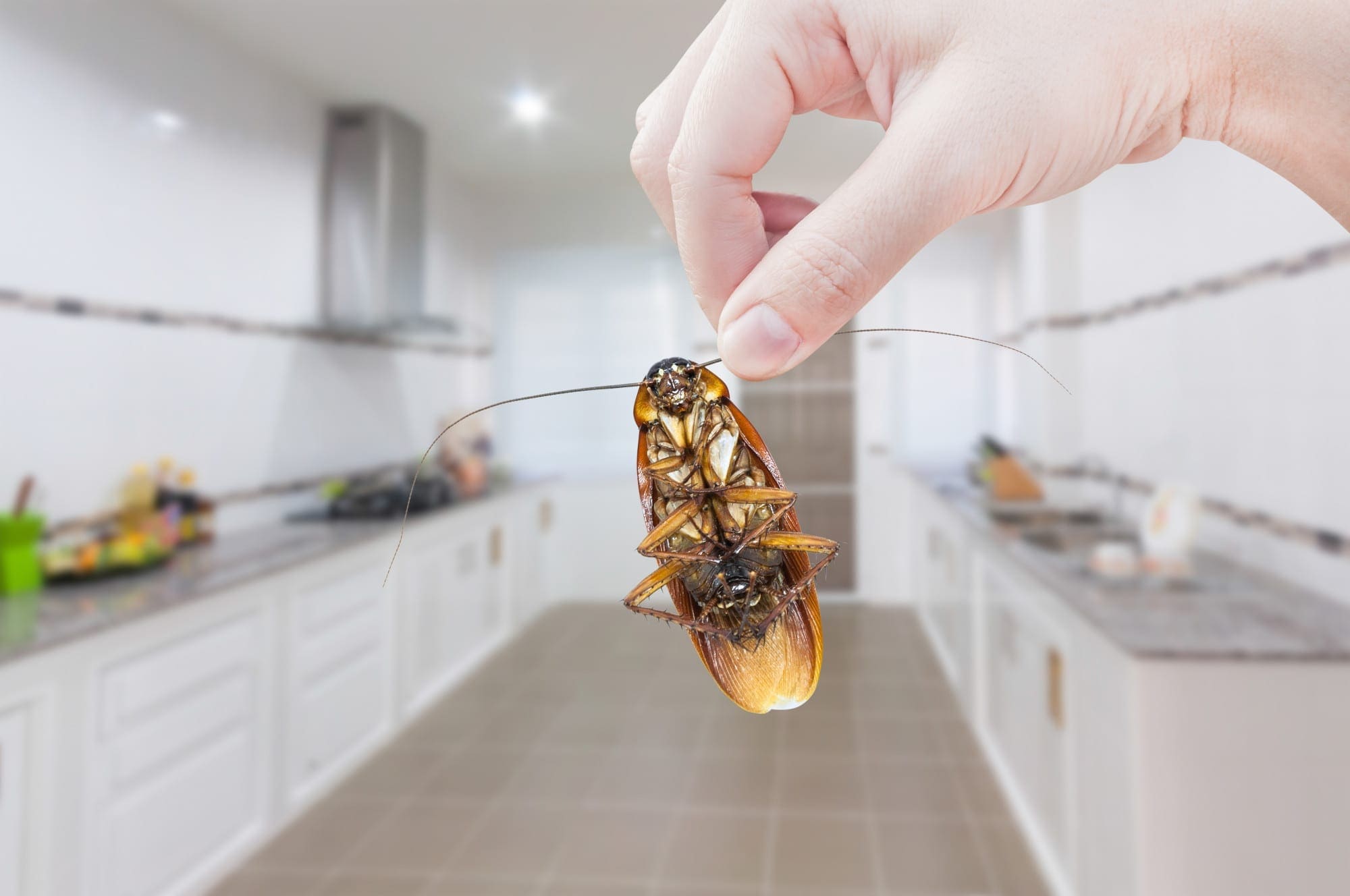Carpenter ants are one of the most common indoor pests in Florida. Alarmed homeowners & business owners often see these ants moving along window sills, sliding glass doors, exterior doors, eaves, soffits, along utility lines and dropping off tree limbs overhanging the roof. They vary in color from very black to reddish-brown and range in size from ¼ to ¾ inch in length. Winged ants, like the ones above, are commonly mistaken for termites. From the picture to the left you can see the difference between them.
Carpenter Ants do not EAT wood, rather, they tunnel through previously damaged wood and build nests. They clear out old damaged wood to create galleries, which have a clean, smooth appearance.
Florida Carpenter Ants tend to forage at night. The peak foraging hours are just before sunset, then again around dawn. These ants have a fondness for sweets and can be in homes in search of sweets and moisture, or even new nesting sites, especially in kitchens and bathroom or other rooms that have leaks around doors and windows. They might also be trailing from an interior nest to an exterior food source.
Carpenter ants, like many ants, will trail along wires or cables that may be attached to homes and serve frequently as access routes for them to enter attics and other above-ground areas. Tall trees touching structures can cause “bridges” which provide foraging access into buildings.
Carpenter Ants seem to prefer voids for nesting which have these characteristics:
1. Close to moisture and food sources
2. Safe from predators
3. Easy access to nesting site
They will hollow out old wood softened by moisture or termite damage to create nests. This wood can be in tree stumps or dead tree limbs, or in any part of a structure having damaged wood. They will not excavate nesting galleries in sound wood. Bits of debris are often ejected from nesting sites, which could consist of pieces of damaged wood and pieces of dead insects, including ants & termites.
Common exterior nesting sites include: old termite galleries and wooden objects that had previous damage from other organisms including insects or fungi; rotting tree stumps and tree holes; under fallen palm fronds; under bark, in roots of trees, especially citrus trees; in old wooden fences, sheds, old wooden decks, bamboo poles (even thin or short pieces) or tree supports, debris of almost any kind laying around the exterior of the home, under mulch, inside railroad ties, in voids in decorative lawn ornaments…and so on.
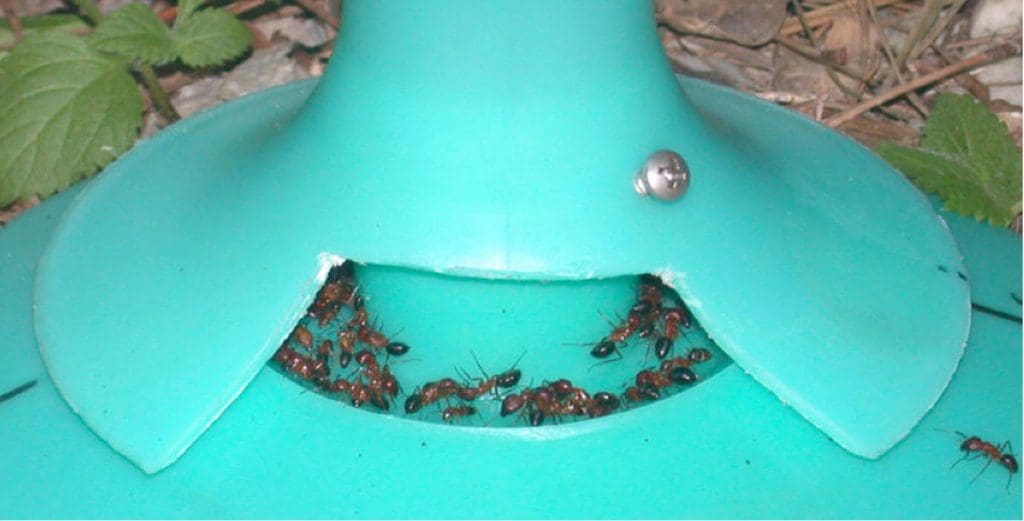
Common interior nesting sites include: wall voids, in the attic under insulation…usually near the eaves where they are especially difficult to reach; under bath tubs; around skylights; under appliances, especially dishwashers; behind wood panels; cracks in floors and many other places where moisture can support the colony.
If you’ve seen signs of Carpenter Ants…or if you’ve spotted some of the signs of Carpenter Ants… or if you just have a gut-feeling there’s a pest control problem… call my office right now at: 813-935-7554.

